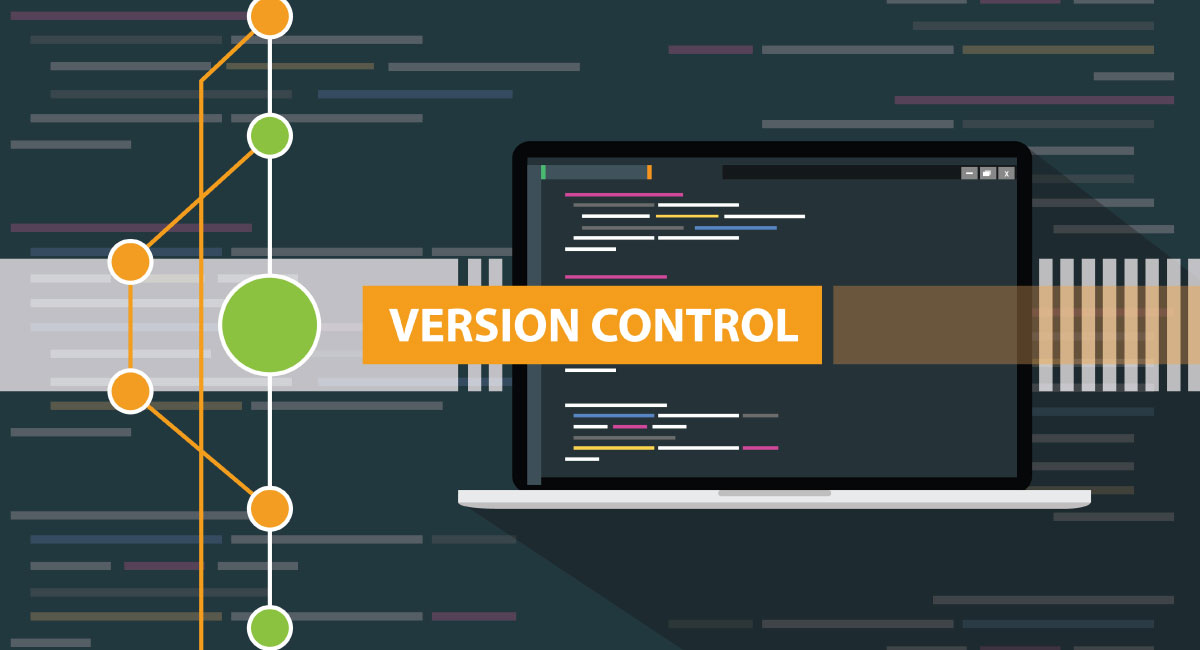In the rapidly evolving world of software development, the ability to collaborate efficiently and manage changes to projects is not just beneficial—it’s essential. This is where version control systems (VCS) come into play, acting as the backbone of project management and collaboration in the digital age. Among these systems, Git stands out as a pivotal tool for developers around the globe. This blog explores the significance of version control with Git, diving into its mechanics, benefits, and why it has become the gold standard in modern software development.
It also shares a full stack web development bootcamp professionals can take to boost their skills and careers.
What is Version Control?
Version control is a system that records changes to a file or set of files over time so that you can recall specific versions later. It’s a fundamental practice in software development, allowing multiple people to work on the same project without conflict and providing a history of who changed what and when. This not only aids in collaboration but also offers a safety net for recovering lost or mistakenly altered data.
Also Read: A Guide to Software Engineer Interview Questions
Types of Version Control Systems
Version control systems are generally categorized into three main types:
- Local Version Control Systems: These systems maintain track of file changes in a simple database on the local computer, allowing the user to revert to previous states of the project. However, they lack the collaboration capabilities needed for team projects.
- Centralized Version Control Systems (CVCS): With CVCS, all versioned files are stored on a central server. This setup lets multiple users check out files from that central place, facilitating collaboration and creating a single point of failure.
- Distributed Version Control Systems (DVCS): In a DVCS, each contributor has a complete copy of the project history, making operations faster and reducing the risk associated with a single point of failure. Git is a prime example of a DVCS.
Centralized Version Control System vs. Distributed Version Control System
The key difference between CVCS and DVCS lies in their architecture and how they manage changes. In a CVCS, the centralized server is the hub through which all changes must pass, making it easier to administer and creating a bottleneck and a single point of failure. On the other hand, DVCS allows for more flexibility and redundancy since each user has a full copy of the repository, including its history. If any server dies, any client repositories can be copied back to the server to restore it.
Benefits of Version Control Systems
Version control systems offer numerous advantages, including:
- Collaboration: They enable teams to work simultaneously on the same project without overriding each other’s changes.
- History Tracking: Every change is recorded, allowing you to trace every alteration, by whom, and when.
- Branching and Merging: These features allow developers to work on different features in parallel without affecting the main project.
- Backup and Restore: Files are backed up every time you commit changes, enabling easy recovery if necessary.
Also Read: Understanding Front-end vs. Back-end Development: Career Guide 2024
What is Git?
Git is a free, open-source, distributed version control system designed to handle everything from small to very large projects quickly and efficiently. Created by Linus Torvalds in 2005 for Linux kernel development, it has since become the most widely adopted VCS in the world. Its distributed nature, robust features, and scalability make it ideal for projects of any size.
How Does Version Control with Git Work?
Git takes snapshots of a project’s files at specific points in time. When you commit changes, Git essentially takes a picture of what all your files look like at that moment and stores a reference to that snapshot. If the files haven’t changed, it doesn’t store the file again—just a link to the previous identical file it has already stored. This makes Git very efficient.
Key Concepts of Git:
- Repositories: A repository contains your project’s files and the revision history.
- Branches: Branching allows you to diverge from the main line of development and work independently without affecting the main line.
- Commits: Every time you save a change to your project (i.e., commit), Git creates a unique ID (a.k.a. the commit hash) that allows you to keep a record of the specific changes.
- Merging: Merging brings the changes from different branches into a single branch.
Benefits of the Git VCS
Git offers several significant benefits:
- Speed: Git operates on your local machine, making it much faster than systems that constantly require access to a remote server.
- Data Integrity: It uses a data model that ensures the cryptographic integrity of every part of your project.
- Flexibility: With its branching and merging capabilities, Git allows for an agile and flexible development process.
- Distributed Development: It’s distributed nature means every developer has the full project history, enhancing collaboration and reducing dependency on a single network or server.
- Support for Non-linear Development: Git supports rapid branching and merging and includes tools for visualizing and navigating a non-linear development history.
Also Read: All About the Software Development Life Cycle
Master Version Control with Git By Upskilling
Version control with Git is an indispensable tool in modern software development. Its ability to manage project histories, enhance collaboration, and support complex workflows makes it a favorite among individual developers and large teams. Whether you’re working on a small project or a global enterprise application, it offers the features, efficiency, and security needed to develop and maintain your software effectively. Embracing Git as part of your development toolkit is not just a best practice; it’s a strategic advantage in the fast-paced world of technology.
You can boost your skills through a comprehensive and immersive online full stack web development program. This engaging nine-month post graduate program consists of live online classes, industry masterclasses led by top instructors, real-world projects you can build your Git portfolio with, and more.
You might also like to read:
What Do Coders Do and What Kind of Coder Salary Can You Expect?
React Developer Tools: A Comprehensive List
What Does a Coder Do? A Beginner’s Guide






